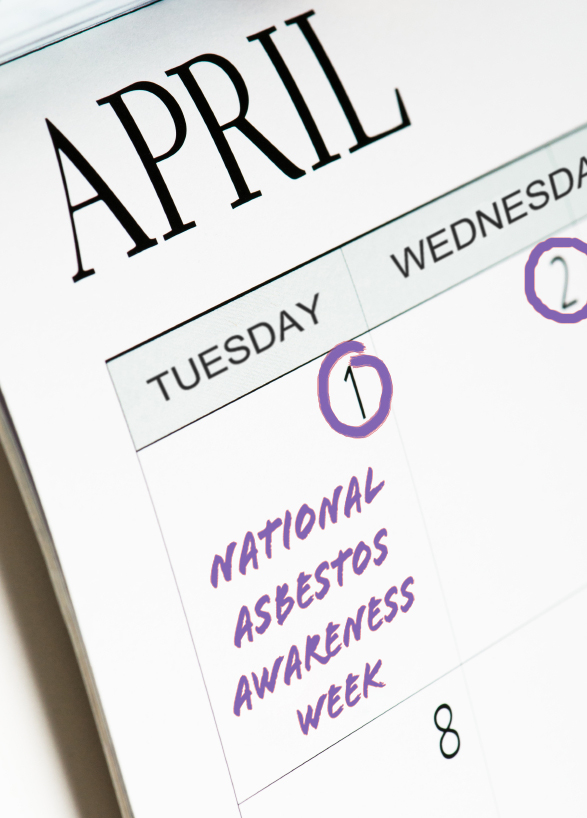
National Asbestos Awareness Week this year occurs in part on April 1.
But only an April fool would think exposure to the toxic mineral anything to joke about.
That is precisely the message the U.S. Senate hoped to send when it unanimously voted back in January to set aside the first week of next month as a time for coast-to-coast and border-to-border raising of awareness about the deadly dangers posed by asbestos.
In MesotheliomaClinic.org’s view, the fact that the upper chamber of America’s legislative body considered and — without a single dissent — approved the resolution establishing National Asbestos Awareness Week shows the government gets it when it comes to this treacherous health hazard.
Of course, this is the 10th year in a row the Senate has authorized National Asbestos Awareness Week, so, obviously, the members for a while now have been attuned to this as an important health issue confronting the U.S.
Approved with Blinding Speed
National Asbestos Awareness Week this year (as before) came to be at the urging of Montana Sen. Max Baucus.
Five other lawmakers signed on as co-sponsors of Sen. Res. 336 before it was brought up for a vote. They were Jon Tester of Montana, Barbara Boxer of California, Richard Durbin of Illinois, Johnny Isakson of Georgia, Patty Murray of Washington, and Senate Majority Leader Harry Reid of Nevada.
The resolution passed with blinding speed by Capitol Hill standards: it was voted on the same day it was unveiled.
In addition to designating National Mesothelioma Awareness Week, the resolution also called upon the Surgeon General of the United States to “warn and educate people about the public health issue of asbestos exposure, which may be hazardous to their health.”
Mentions Asbestos Woes of Libby, Mont.
The preamble to the resolution — the part where the author lists the reasons why it should be approved — mentions the town and people of Libby, Mont.
Residents of that small community are Baucus’s and Tester’s constituents, so it’s very understandable that they would be on the minds of the state’s two senators.
Libby is the location of an asbestos mine, once one of the most productive in the nation. Consequently, people who live there “suffer from asbestos-related diseases, including mesothelioma, at a significantly higher rate than people in the United States as a whole,” the resolution declares.
Senate Shows It’s in the Know
Here are a few other snippets from the resolution to demonstrate that the Senate understands the dangers of asbestos:
- Asbestos fibers are invisible and cannot be smelled or tasted… the inhalation of airborne asbestos fibers can cause… cancer such as mesothelioma, asbestosis and other health problems.
- Symptoms of asbestos-related diseases can take 10 to 50 years to present themselves … [and] the projected life expectancy for an individual diagnosed with mesothelioma is between 6 and 24 months.
- Generally, little is known about late-stage treatment of asbestos-related diseases, and there is no cure for such diseases … [yet] early detection … may give some patients increased treatment options and might improve their prognoses.
The resolution also makes a string of important points about ongoing asbestos threats.
First, the resolution laments that current U.S. consumption of asbestos is about 1,100 metric tons of the stuff annually.
Second, the resolution deplores that thousands of American workers continue to “face significant asbestos exposure.”
Much of this exposure occurs because asbestos was extensively used in the pre-1975 construction of offices and public facilities. Many of those structures remain standing to this day, laced with about as much asbestos now as on the day the ribbon was cut and the doors officially opened for the first time.
Third, and encouragingly, the resolution touts the virtues of modern asbestos abatement procedures and systems. “While exposure to asbestos continues, safety and prevention of asbestos exposure already has significantly reduced the incidence of asbestos-related diseases and can further reduce the incidence of such diseases.”
How do you plan to mark National Asbestos Awareness Week? Write to us at info@mesotheliomaclinic.org and let us know.
